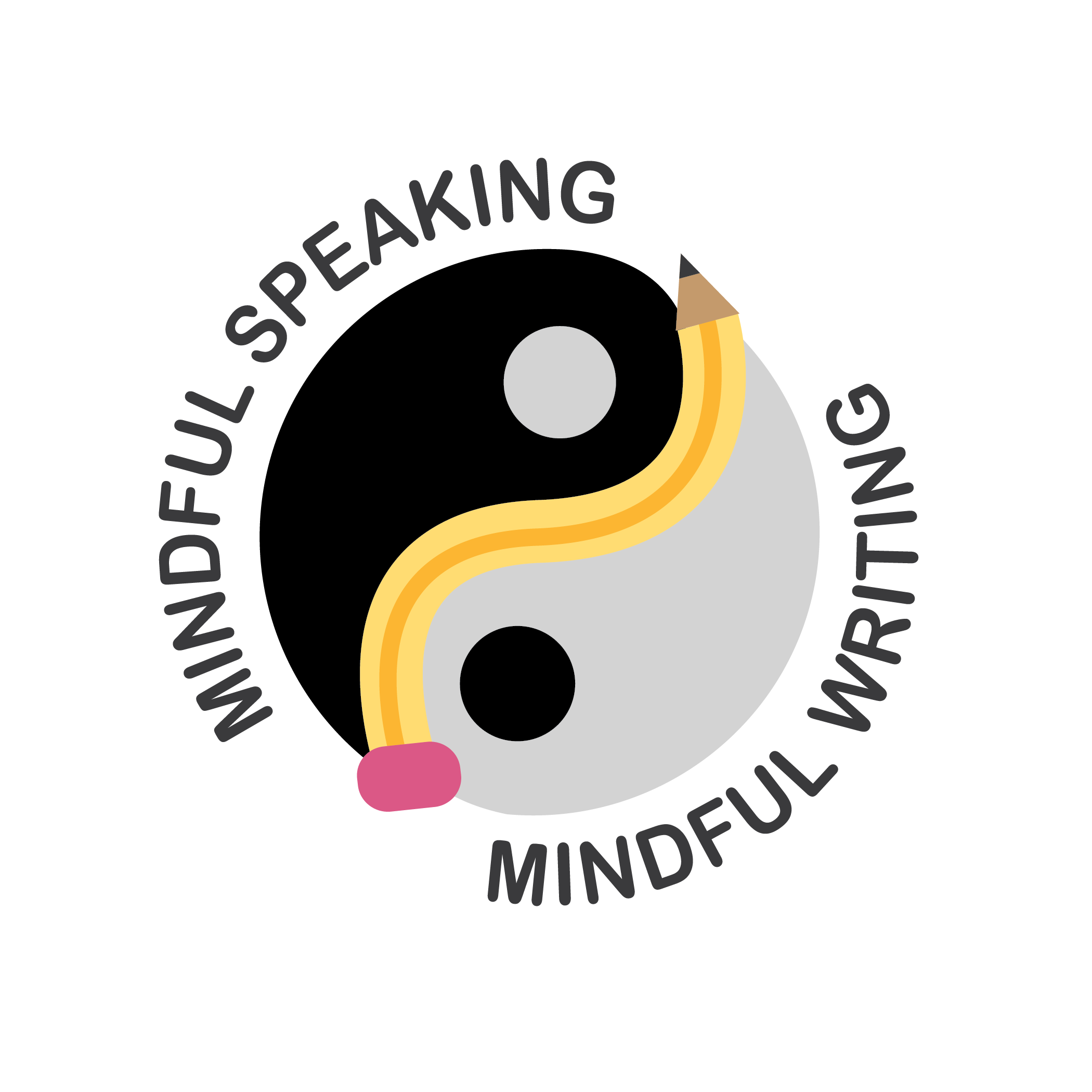 photo credit: Pixabay.com
photo credit: Pixabay.com
“Show, don’t tell.” If you’ve been to a writing class or read a writing book in the past 50 years, you’ve heard these words. So, what’s wrong with them?
On one hand, nothing. But on another, a lot. If you’re unfamiliar with the distinction between show and tell, compare two very simple examples:
(1) Linda was happy.
(2) Linda stretched out like a well-fed dog in front of a well-stoked fireplace in winter. She took in a long, barely audible breath and felt the air pass through her nose, into her lungs and down to her belly. A soft smile spread across her lips. “Amazing,” she whispered to no one in particular. “I never thought it would happen.”
#1 is informing / telling. It gets the information across, but is basically uninteresting. #2 is engaging / showing. The writer has invited us in to engage with the scene and use our imagination to experience this scene and this character. We infer that Linda is happy, but we are not told. This is how we generally experience life. We take in evidence all about us, through our senses (see, hear, touch, taste, smell) and draw conclusions. So the writing more closely mirrors our experience of life.
Is informing ever appropriate in story telling? Though it’s generally given a bad rap, informing or telling is very appropriate for reporting information efficiently. If it is not particularly important that Linda is happy right now, but you want your reader to know it, then sentence #1 conveys this information just fine. This kind of language is useful for summarizing, for making transitions and for conveying relatively unimportant details. But a story written with just informing language is usually flat and dull, lacking in any kind of dramatic interest.
For my Mindful Writing classes, I have adopted this new language (Engage and Inform) as well as a more robust framework for understanding this important language distinction. The words “Engage” and “Inform” communicate their intent. “Informing” writing informs. It gives information. It is succinct, clear and trustworthy. It gets the job done. “Engaging” writing, by contrast, engages us. It pulls us into the scene so we are more a part of it, we feel more connected to the characters and the action. These two words (Engage and Inform) better describe the distinction than do show and tell. Students visualize, remember and employ the difference between “engage” and “inform” more easily than when taught “show vs tell”.
“Linda was happy.” OK, I get it. But what exactly do I get? Not that much.
“Engaging” language, as you might guess, engages the reader’s imagination and emotion. It invites the reader to partake of the scene in a deeper way. It challenges the reader to think about what she is reading, perhaps even to look at her own experiences and compare it to the story or character at hand. Engaging writing creates drama, nuance, color and texture. Your unique voice comes through in your engaging writing. It is more satisfying and more memorable. In short, more entertaining. When it comes to the important parts of your story, you want to engage the reader, not just inform him.
Much more on this critical distinction in future blogs. If you’re ready to test your understanding, try translating the three sentences of “Informing” writing below into “Engaging” writing. Submit them below. I’ll review and award a half hour free phone consultation or editing for the best submission.
1.) The trip took half an hour.
2.) I got out of bed as fast as I could.
3.) At the end of the driveway, I saw a big brick house.

Connect With Me